
Glycol and glycerine are two of the most commonly used ingredients in various industry formulations. Starting from the brake and cooling fluids as well as windscreen de-icers, ending with food additives for animals and people, and the cosmetics industry. In this article, you will learn more about their similarities and differences. We explain when one should be used over the other taking into account a given application and industry – especially the cosmetic and vape industry.
Learn more:
- Beginner’s Guide to Vaping
- OEM Services And Private & White Label: 9 Reasons To Choose Chemnovatic As The Best Business Partner
- Vaping Trends 2024: How Can They Help Grow Your Profitable Business?
- PG/VG Ratio: How To Choose The Best Ratio For E-Liquids?
- Natural Vaping Products: Bases, Salts, Flavorings
- How To Develop Your Own E-Liquid Brand?
- What Is Nicotine And How Is It Classified?
- What Is A Nicotine Base?
- What Makes A Good Nicotine Base?
- How To Choose The Best E-Liquid Base?
- Safe Usage Of Chemicals [Guide]
What is glycol?
What is glycol used for?
Glycols are used in industry, processing, pharmacy, and cosmetics. It can be found in various products such as antifreeze, brake fluid, and cosmetics.
Glycol vs. glycerine: similarities
Propylene glycol and glycerine often appear the same because they both have a form of a sweet, odorless, colorless liquid and they have syrup-like consistency. Although they share certain physical properties, they have very distinctive features and it is very important to define these compounds precisely.
Glycol vs. glycerin: main differences
The main difference between glycol and glycerine lies in its chemical composition. Glycol contains one more oxygen atom than glycerine does. This means that it will have different properties to glycerine because of this difference in structure.
Glycerine differs from glycol because it has three hydroxyl groups, while PG has two. It is also more viscous than glycol and cannot be easily mixed with water or alcohol to make a solution. Glycerine has a higher boiling point than glycol too.
Glycols and glycerines are two types of substances that have a variety of uses.
Glycerines are generally used as additives to food or as skin moisturizers, while ethylene glycols are used as heat transfer fluids or propylene glycol is a common ingredient in cosmetics.
Moreover, ethylene glycol dinitrate may work as anti-freezer in the production of dynamite.
We have been in the vape and e-liquid sector since 2013. Dozens of clients have trusted us and we have launched over 300 products and brands. Use our resources and experience and together we will earn your success – rapidly check our Knowledge Base.
Glycerol vs. glycerin: is glycerine the same as glycerol?
Glycerin and glycerol are essentially the same compounds, with glycerol being the more accurate chemical term.
What is glycerol?
Glycerol is a simple polyol compound that is colorless, odorless, and sweet-tasting. Glycerine is the commercial name for glycerol, which is not pure, containing mostly 95% of glycerol. It can’t be used when pure glycerol formula is required.
Glycerol is commonly used in the food industry as a sweetener and humectant, and it is also utilized in various pharmaceutical formulations, personal care products, and other industrial applications. The term “glycerin” is often used interchangeably with glycerol in various contexts.
Glycol and glycerine in the cosmetic industry
When we look at the two ingredients from the cosmetics industry‘ point of view glycerine is a humectant. Meaning it can help to hold water in your skin. It also has some emollient properties, which makes it good for soothing dry skin.
Glycol, on the other hand, is less moisturizing than glycerine, but does not interfere with the protective barrier on the skin. With its more substantive or stickier consistency, it’s often used as an additive in skincare products like ointments and lotions.
When deciding which ingredients to use for your formulation, consider what you’re trying to achieve (hydration vs. barrier function) and your desired form (oily lotions or creams vs. watery mists).
There are many different factors that go into making an informed decision about which of these ingredients you want to use for.
Propylene glycol and vegetable glycerine: application in the e-liquid industry
The use of glycol and glycerine as components of e-liquids for electronic cigarettes is common. They work as solvents and as an element of the base in which nicotine is mixed and aromas give the characteristic scent of e-liquids.
From the point of view of the vape industry, it is very important what quality raw materials used for the production of vape juice are made of. This is essential because the vapor from the e-cigarette comes into direct contact with the human body. The liquid is inhaled into the lungs like a substitute for smoke from a traditional cigarette.
Producers of e-liquids, for the sake of their consumers, should make every effort to ensure that the quality of the components used in production is as high as possible. Certainly, a good solution to this issue is the use of glycol and glycerine in pharmaceutical quality, as we do in Chemnovatic.
Check out:
- What You Should Know About E-Liquids?
- 3 Annoying Myths About E-Cigarettes
- DIY E-liquid Making. How To Start?
- POD Systems vs. Nicotine Salts
Is vegetable glycerin and propylene glycol safe to vape?
Propylene glycol (PG) and vegetable glycerine (VG) have also an impact on the final vaping sensation in the e-liquid which is presented in the graphic below.
See also:
- From Leaves To Labs: A Brief Story Of Nicotine And Its Production
- How To Make A DIY E-liquid?
- E-Liquid Manufacturing Best Practices
- Concentrated Flavouring For E-Liquids: How To Choose The Best One?
- E-Liquid Additives: All Facts You Need To Know
- Packaging, Transport and Storing – Why Are They So Crucial For Product Quality?
Propylene Glycol and Vegetable Glycerin: Quality Matters!
Although glycol and glycerine are commonly used as agents in the production of many products, it is worth paying attention to the quality of the raw material, which is a component of the products that will be made from it. It’s crucial if you want to get more customers and conquer the e-liquid market in your country.
To make sure that the product meets the highest quality standards, it is worth getting acquainted with the documentation attached by the manufacturer.
Learn more:
- 5 Steps To High Quality Nicotine Bases
- Nicotine Salts: Does Higher Nicotine Content Lead To Better Nicotine Absorption?
- What Are Nicotine Toothpicks?
- What Are Nicotine Pouches: 8 Facts You Should Know
- Excise Duty In Vape Industry: What You Need To Know?
- E-Liquid Industry Regulations In The World
- Nicotine Pouches: Popularity And Key Statistics
Glycol and Glycerine: Summary and Key Takeaways
Our exploration of the distinctions between glycol and glycerine sheds light on the critical factors that e-liquid manufacturers and industry professionals must consider.
These two widely utilized ingredients, with applications ranging from cosmetics to the dynamic vape sector, exhibit variances in chemical composition, viscosity, and functionality.
As e-liquid brand owners and manufacturers, the strategic choice between glycol and glycerine is paramount, influencing not only the sensory aspects of the vaping experience but also the overall safety and quality of the end product.
Key Takeaways
- Precision Matters for Industry Applications:
- Select glycol or glycerine with precision based on your e-liquid brand’s specific needs. Understand the distinct properties such as moisturization, water retention, and barrier function to optimize formulations.
- Vape Industry Significance:
- In the vape industry, glycol and glycerine serve as solvents and base elements for e-liquids. The quality of these components is crucial for ensuring the safety of consumers, given the direct contact of vapor with the human body.
- Optimize PG/VG Ratios for Vaping Excellence:
- Customize your e-liquids to cater to diverse vaping preferences by mastering the propylene glycol (PG) and vegetable glycerine (VG) ratios. High PG concentrations deliver a robust throat hit, while high VG blends cater to cloud-chasing enthusiasts.
- Prioritize Pharmaceutical-Grade Ingredients:
- Safeguard the health and satisfaction of your consumers by sourcing glycol and glycerine from pharmaceutical-grade suppliers. Direct vapor contact with the human body necessitates the highest quality standards in your e-liquid production.
- Validate Quality through Comprehensive Documentation:
- Ensure product excellence by meticulously reviewing and validating all documentation provided by your raw material suppliers. Stay informed about regulatory considerations to align your practices with industry standards.
- Navigate Regulatory Landscape:
- Stay ahead of regulatory changes and compliance requirements, particularly in the dynamic e-liquid industry. Adhering to regulations and excise duties not only ensures product quality but also builds trust with your consumer base.
Let’s grow your business together!
Subscribe to our newsletter and receive a free access to our e-mail course on raw materials for e-liquids production (and more!).
No spam, only valuable content we promise to send you.





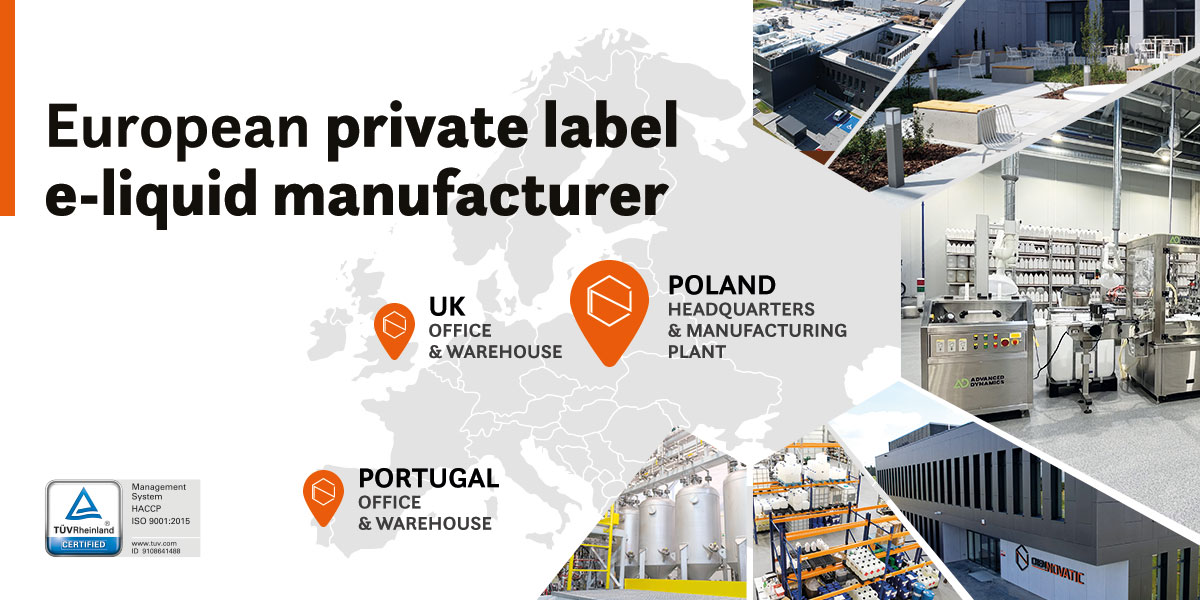



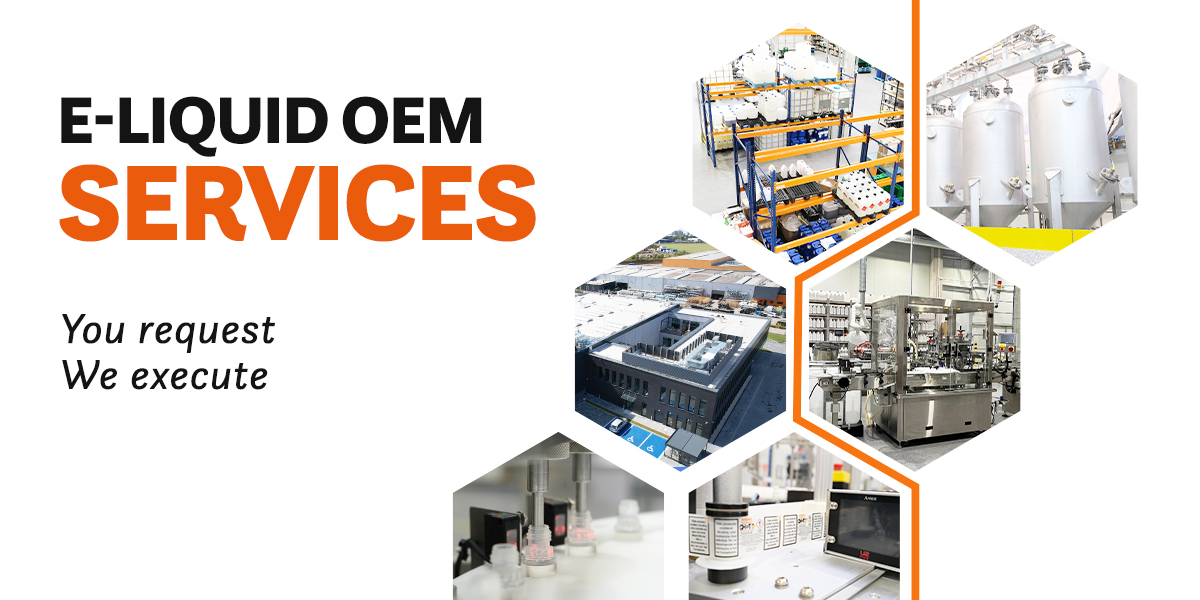
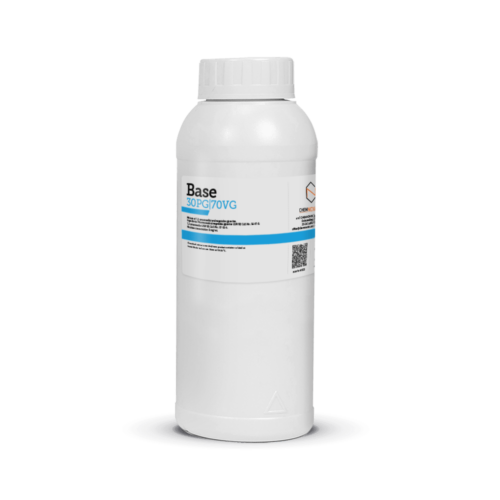

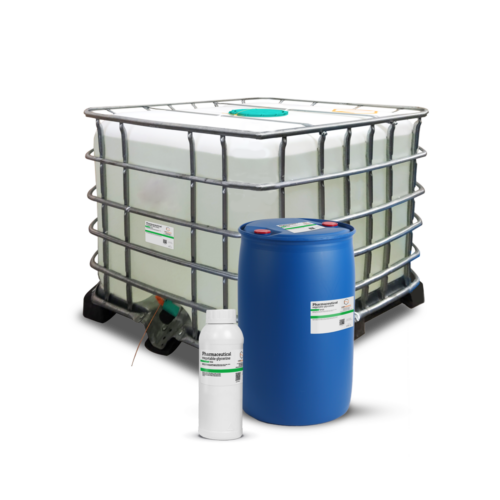
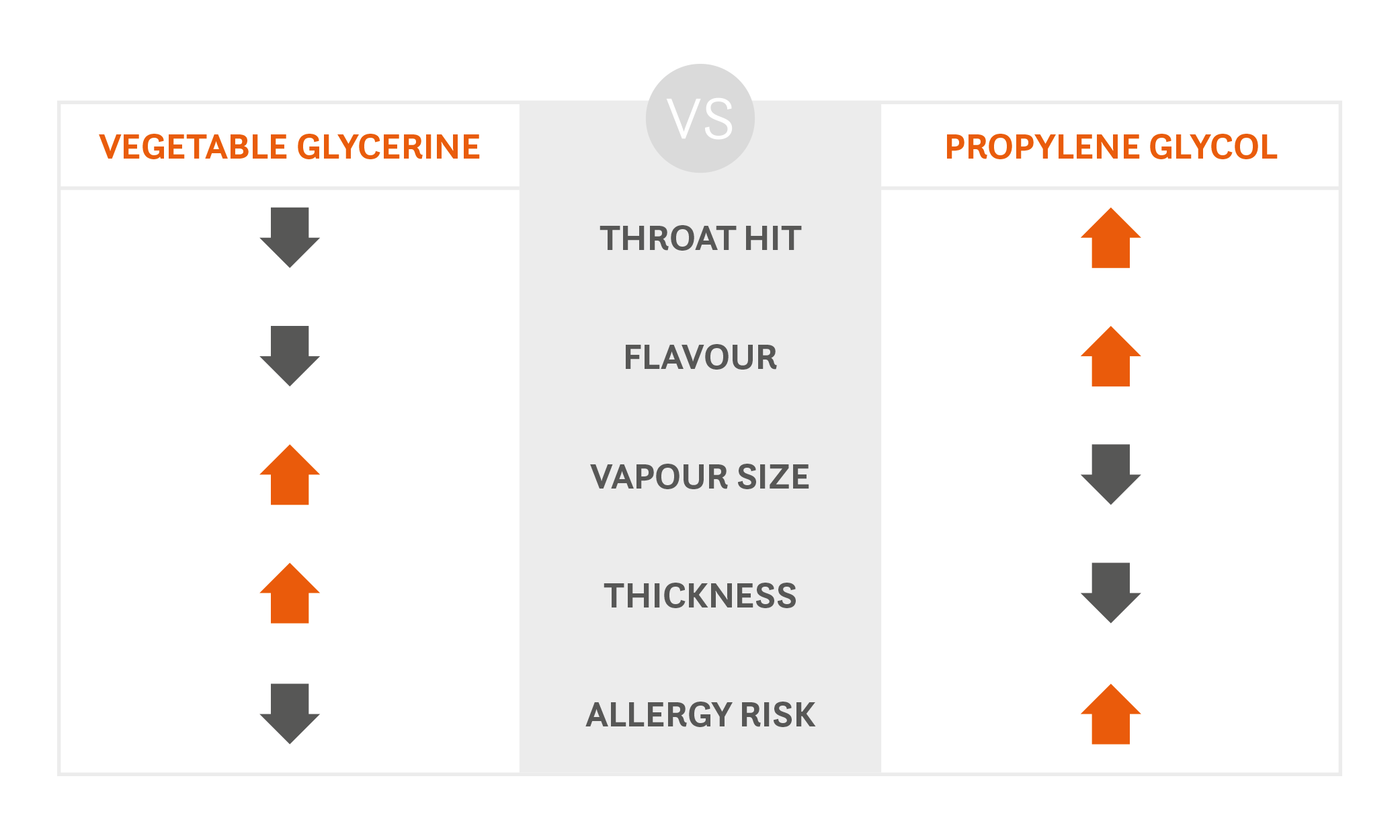

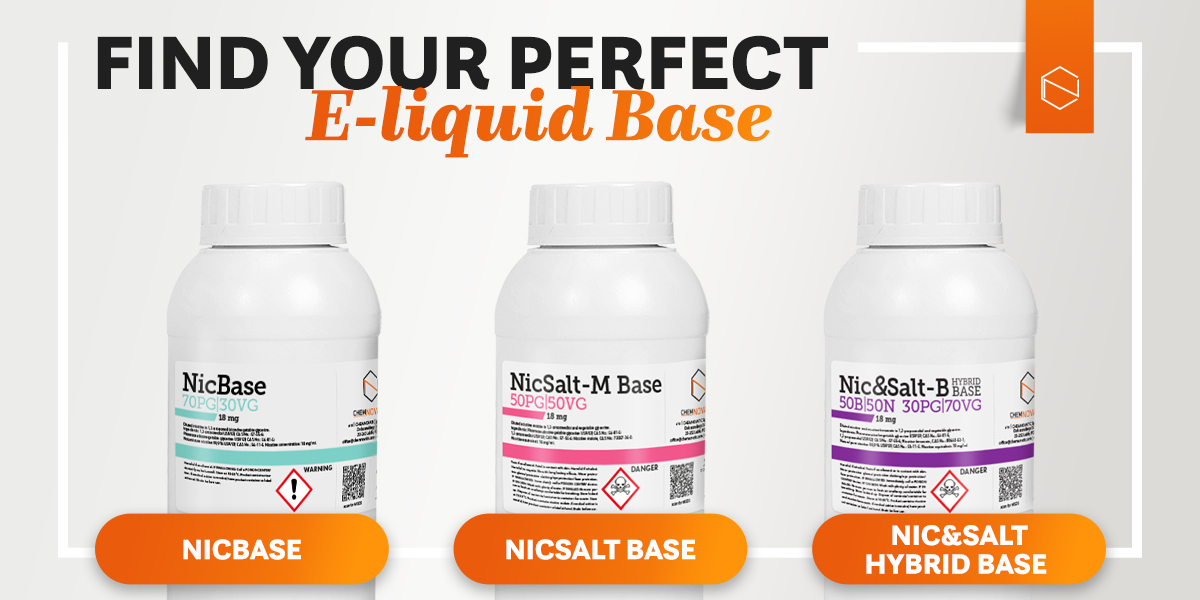










Do you know if I can use antifreeze which is the glycol product over pure glycerin to preserve branches of magnolia trees ?
Excellent informative article. Thank you.
You’re welcome David. Check out our other articles :)
Thank You. For more knowledge and practical tips, check out our others articles!
I am allergic to glycerin. Checking if glycol will produce the same results
same here, it makes my hands red when i touch it!!!
Excellent informative article.
Thanks.
Thanks! For more tips check out our other articles!
I appreciate you letting us know that glycol is often used in industry processing, pharmacy, and cosmetics because its chemical composition contains one more oxygen atom than glycerine does. I’m opening a cosmetics store soon, so I was thinking of using glycol as an ingredient for our products after hearing about its benefits. I’ll take note of this while I look for glycol reclaiming services in the area to contact for help soon.
Hi, Clare :)
We’ll be supporting your business – and if you need an experienced partner and supplier, just contact us ;) Check out our offer for the cosmetics industry!